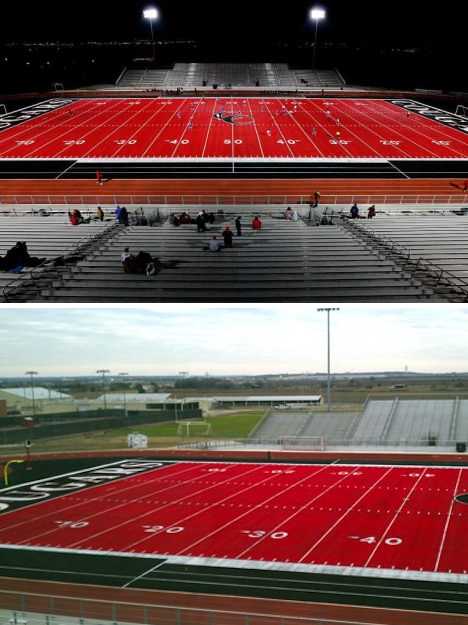Soccer fields, the hallowed grounds where dreams are made and legends are born, are not just mere playing surfaces. The color of the field can significantly impact the game’s atmosphere, player performance, and overall aesthetics. From the lush green of traditional fields to the vibrant hues of modern synthetic surfaces, let’s delve into the world of soccer field colors and explore their unique characteristics.
1. Natural Green
The classic soccer field color, natural green, evokes a sense of tradition and authenticity. It provides a familiar and comfortable playing surface that complements the natural surroundings. The green color is easy on the eyes, reducing glare and providing a clear view for players and spectators alike.
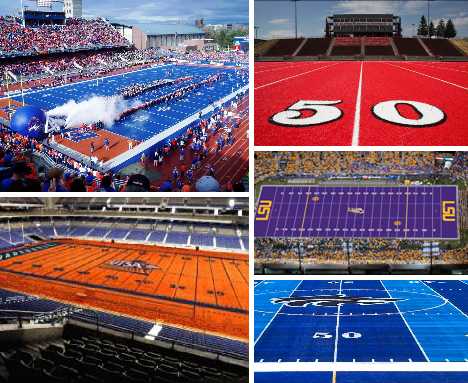
2. Artificial Green
Artificial green fields are designed to mimic the look and feel of natural grass while offering enhanced durability and performance. These surfaces are often used in indoor facilities and stadiums where natural grass is not feasible. Artificial green fields provide a consistent playing surface throughout the year, regardless of weather conditions.
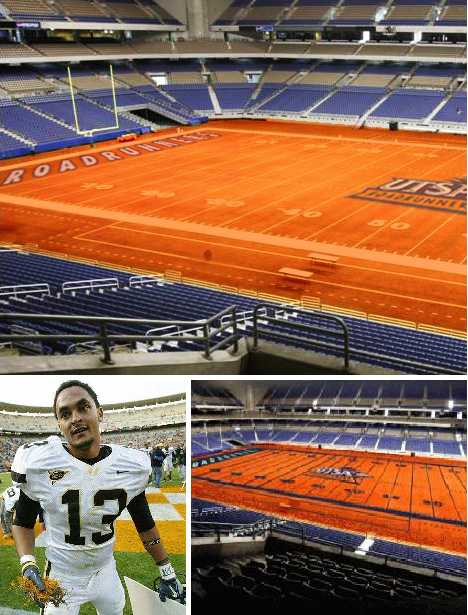
3. Blue
Blue soccer fields are a relatively new trend that has gained popularity in recent years. The vibrant blue color creates a striking visual contrast with the green uniforms of the players, making it easier for spectators to follow the action. Blue fields are also said to have a calming effect on players, reducing stress and promoting focus.

4. Red
Red soccer fields are a bold and eye-catching choice that adds a touch of excitement to the game. The vibrant color is highly visible, making it easy for players to spot the ball and opponents. Red fields are often used in indoor facilities and stadiums where a dramatic atmosphere is desired.

5. Yellow
Yellow soccer fields are a cheerful and optimistic choice that brings a sense of joy to the game. The bright color is highly visible, making it easy for players and spectators to follow the action. Yellow fields are often used in youth leagues and recreational facilities where a fun and playful atmosphere is encouraged.

6. Orange
Orange soccer fields are a vibrant and energetic choice that adds a touch of warmth to the game. The bright color is highly visible, making it easy for players to spot the ball and opponents. Orange fields are often used in indoor facilities and stadiums where a lively and engaging atmosphere is desired.

7. Purple
Purple soccer fields are a unique and eye-catching choice that adds a touch of mystery and intrigue to the game. The vibrant color is highly visible, making it easy for players to spot the ball and opponents. Purple fields are often used in indoor facilities and stadiums where a dramatic and unforgettable atmosphere is desired.

8. Pink
Pink soccer fields are a bold and unconventional choice that adds a touch of femininity and playfulness to the game. The vibrant color is highly visible, making it easy for players to spot the ball and opponents. Pink fields are often used in youth leagues and recreational facilities where a fun and inclusive atmosphere is encouraged.
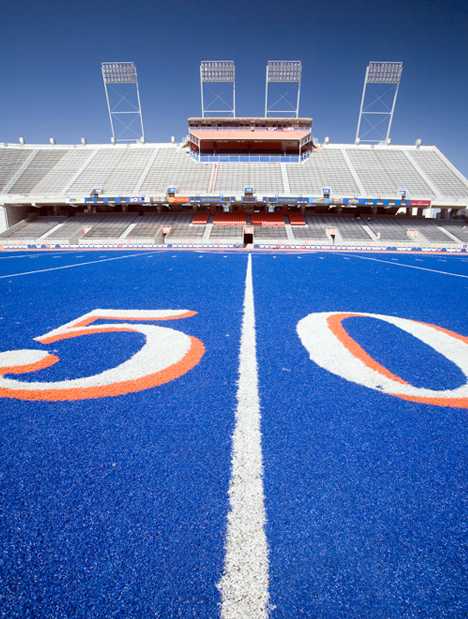
9. Black
Black soccer fields are a striking and dramatic choice that adds a touch of sophistication to the game. The dark color provides a stark contrast to the green uniforms of the players, making it easy for spectators to follow the action. Black fields are often used in indoor facilities and stadiums where a high-energy and intense atmosphere is desired.

10. White
White soccer fields are a clean and minimalist choice that adds a touch of elegance to the game. The bright color provides a clear and unobstructed view for players and spectators alike. White fields are often used in outdoor stadiums where a pristine and professional atmosphere is desired.

Design Variations and Insights
The choice of soccer field color is not just an aesthetic decision; it can also impact the game’s design and strategy. For example, green fields are known to promote possession-based play, while blue fields are said to encourage a more direct approach. The color of the field can also influence the visibility of the ball, with darker colors providing a better contrast against the green uniforms of the players.
When designing a soccer field, architects and designers must consider factors such as the type of game being played, the surrounding environment, and the desired atmosphere. The choice of color can significantly impact the overall experience of the game, from the players on the field to the spectators in the stands.
Other ideas you might like


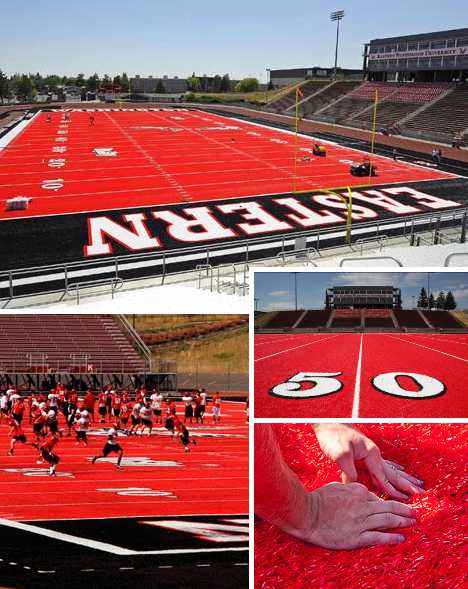




![]()

![]()


